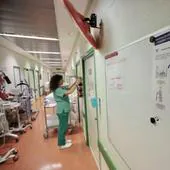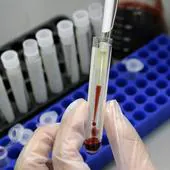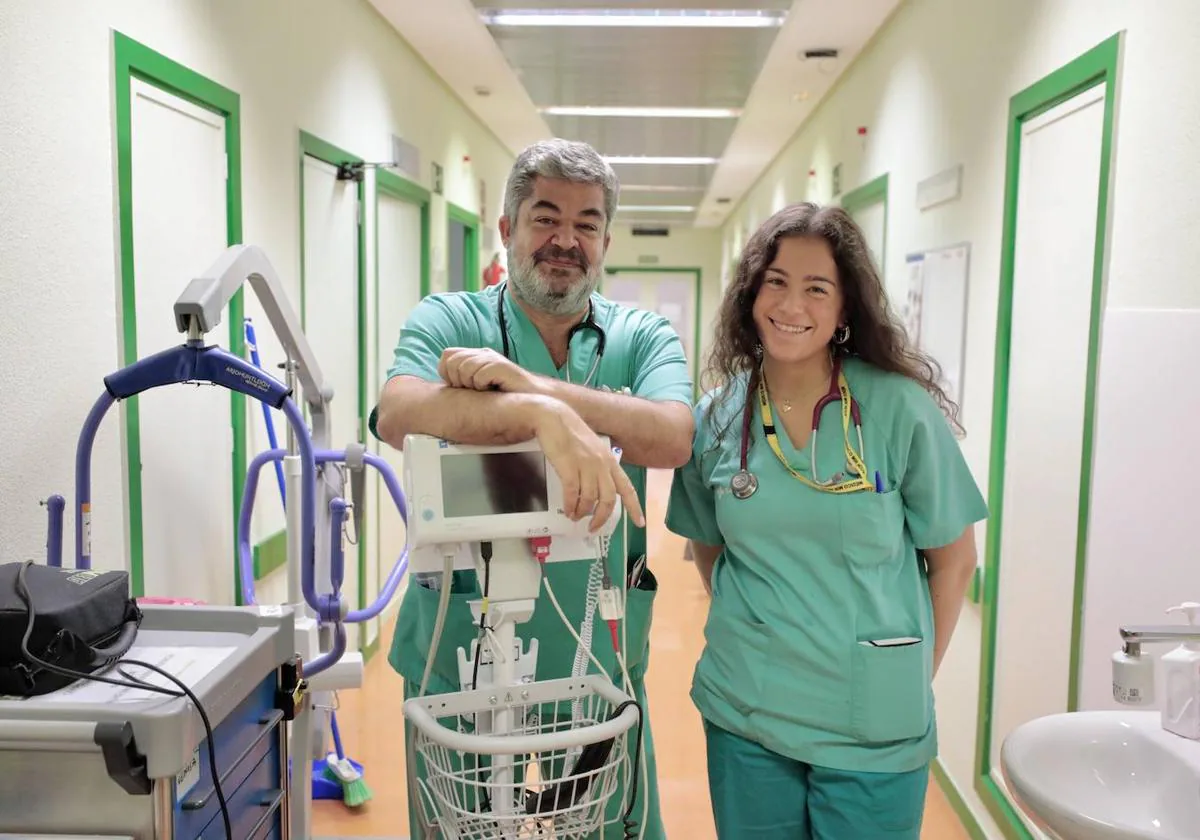There is no cure, but there is treatment, which becomes increasingly effective and comfortable so as not to lose compliance with treatment. For many years, AIDS has been a chronic disease that people live with throughout their lives, “and its survival curve is very similar to anyone’s survival curve. Some more comorbidities, more care as you get older, but that’s It has nothing to do with the origin of the epidemic, which is now under control. Of course, they age earlier because in their 60s they already suffer from diseases that are common in their 70s,” said Dr. Carlos Dueñas, Director of the Infectious Diseases Department at the Valladolid Clinic explained.
However, without the huge numbers of the late 20th century, the decline in infections remains an open question, and for about a decade the numbers have remained stable, frozen, without the ideal decline. There is more information, better understanding, and the means for early detection, but there is still a long way to go, despite optimism about the future. The World Health Organization, which marks World AIDS Day today, aims that by 2025, 95% of people living with HIV should be diagnosed and 95% on treatment. Antiretroviral drugs (ART) save lives, and 95% of infected patients should seek to suppress their viral load, both to benefit their health and to reduce HIV transmission. Spain is 96%, 95% and 92% respectively. “We’re good,” Dr. Dueñas admired.


Two major developments promise to reduce transmission and enhance early detection. More than a year ago, the hospital in Castile and Leon introduced HIV prevention therapy in response to cases of risky behavior due to “chemical sex” parties, drugs and alternating sex, as described by the head of the clinic’s internal medicine service, in which partners Change more frequently and spread more easily. «Previously, these sex parties were mainly concentrated in Madrid and big cities; but the training has reached Valladolid and other locations, or they traveled to Madrid to participate. In fact, they are risky behaviors that should be monitored and prevented,” he stressed. In November 2019, the Ministry of Health approved the HIV Pre-exposure Prophylaxis (SIPrEP) project; but the pandemic delayed the effective launch of the program by the end of 2021 The Valladolid clinic offers weekly counseling to these people, and over the past long year the program has grown by 100 people. Most are from ‘chemosexuality’, but it can also be due to other risky behaviours. happens, for example one member of a couple becomes infected,” he added. The Hortega River adds another 50 miles.
Emergency services identify potentially infected people arriving for other reasons and conduct serological tests on them.
“Consumption of stimulants and drugs is common at these parties, associated with sex between men and women, and transgender people are also common… It is group sex, with partners constantly changing. And condoms are not always used or adequately use it. So to avoid getting HIV, they take pre-exposure prophylaxis, which is a preventive treatment that combines two components. It must be taken every day for months or years when they engage in risky behaviors, And sometimes there’s medical follow-up on a monthly, at least quarterly basis. “They’re usually very aware people in that sense. ”
Syphilis, chlamydia, or gonorrhea
“This preventive measure can stop the spread of HIV and diagnose unknown cases of infection, while detecting and controlling other sexually transmitted diseases, such as asymptomatic syphilis, chlamydia or gonorrhea. “It helps us control viral and bacterial STDs,” Dunias Adds Dr. Now “the new trend is also to ‘slam’, intravenous drugs for sex too. For all of these behaviors, we provide preventive counseling, cautious and protective care in the hospital. In Spain, 22,000 people have received these preventive treatments.
Another project driven by hospital emergencies, helping to control the disease, is the opportunistic analysis and serological testing of cases arriving at these services “for other reasons but with side signs of HIV” . For example, with cases of mononucleosis…well, we take the opportunity to test and catch cases early so we can treat more effectively and cut off transmission,” the physician said.
AIDS is a chronic disease with survival rates similar to those of the general population.
Another important improvement, but still a problem, is reducing the proportion of unsuspecting infected people. They reached nearly 18%, and now only 7% are undiagnosed. Percent also support such prevention programs. More must be tested to reduce disease to a minimum. And the undetectable groups are getting smaller. If they are late, their bodies will be greatly damaged and treatment will be more complicated. If caught early and treated with medication, their prognosis is good. “Duñas said.
The future: Semi-annual treatments and rechargeable patches
Control the spread—“I’m seeing more and more preventive patients, not infected patients,” Dunias stresses—and increase drug doses. That’s the goal. “The drugs we have currently to treat HIV are very good, but in many cases they don’t work for everyone, we give them an injection every two months and they don’t have to take the drugs every day. Others still continue to do that, but it’s one, Instead of twenty like before. The future will be along these lines, giving these patients freedom and helping them protect their privacy through rechargeable patches, weekly oral therapies, or semi-annual or annual treatments. Many now have Retired and went to Benidorm for a few months, being able to forget about medication would be an achievement. Or even if they work, the pills have to be taken at the same time and they don’t want people to know because it’s still a A very stigmatized disease, or they live in an apartment with friends and they don’t want others to know. As we all know… this drug is quality of life for them,” Dunias insisted.
Modes of transmission have changed since the beginning of the epidemic (discovered in 1983) and the 1990s. “Intravenous drug transmission has decreased, but again we are seeing more transmission because this is an addictive behavior maintained by people coming from Eastern Europe.” Although contagion exists between homosexuals and heterosexuals, HIV’s The biggest strongholds are those at sex and drug parties and more men, as the sexes in them are more susceptible to contagion. “It’s actually a sexually transmitted disease.”

